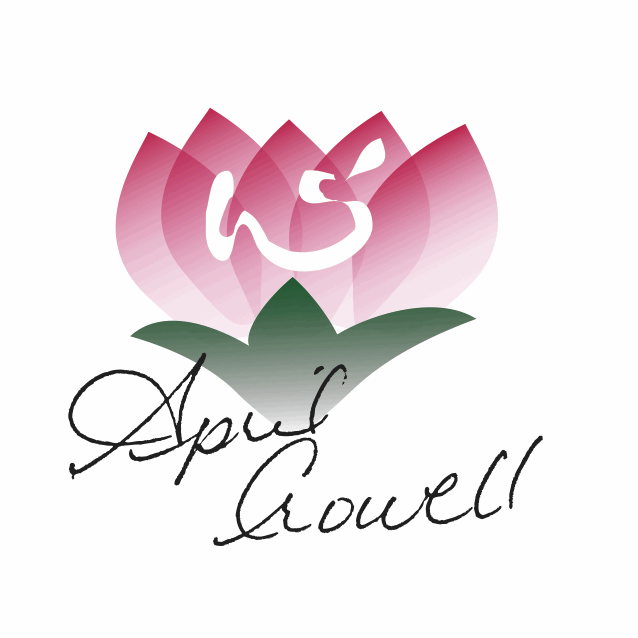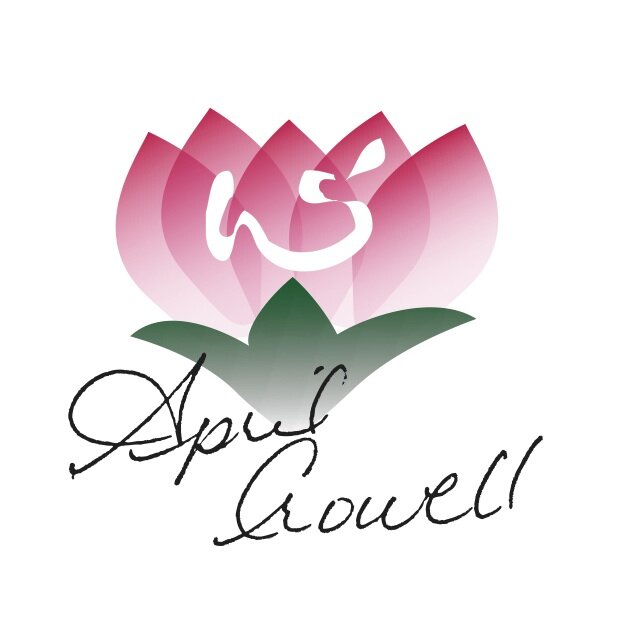The Energetics Of Alcohol
Just before the last holiday, I had several conversations with clients about alcohol.
There was the usual question, “I know, alcohol is bad, right?”
I am very cautious of how the word “bad” is when it comes to food. Cultural narratives, propaganda and trends in the media around food and nutrition have created confusion and conflicting information. In regards to foods, I tend to reserve the term “bad” for foods that no longer bear any resemblance to whole foods - those chemical concoctions that we can’t recognize as being a whole food. Can you easily follow the food or drink back to its most whole form? Or has it been refined, processed, bleached, shipped all over the country and had numerous ‘things’ added to it?
Alcohol isn’t ‘bad’ from the aspect of it being a real food, however, it has significant effects on our body and mind that can be hugely detrimental.
Our relationship to alcohol is — complicated.
Alcohol, in its many forms, has long been a part of our lives and cultures. In some cultures, its an old and refined friend that echoes the foods and beliefs of the region and its peoples. It was often drank in place of unsafe water. It’s been used for medicinal purposes and celebrations. It’s beautiful in cooking from stouts and red wines in roasts, to champagne in delicate soups, and preserves like drunken cherries.
It’s a highly profitable business, and we are constantly bombarded with ads selling the glories and benefits of alcohol. At the same time there are numerous studies that show even a little alcohol can have adverse actions on the body, yet it has a long history of use in medicinals.
As a holistic nutrition practitioner I look out a person’s relationship to alcohol if they choose to partake of it. How much, how often, and why do you ingest alcohol? We are looking to see whether you have a healthy relationship with the food or if you currently have a harmful habit in place.
Again — it’s complicated.
Setting aside whether or not you choose to partake of alcohol, we can look at alcohol’s energetic nature to understand its actions in the body.
Note — this blog isn’t about alcoholism and other food and drink abuses, this is about understanding the energetics of alcohol which may help you make some better choices if you choose to partake. In several cases, I didn’t need to recommend that the client refrain from enjoying a little alcohol, rather to use a little knowledge of their patterns and nature to make a better selection based on their current condition and patterns.
Let’s look at the energetics of alcohol
First, what are food energetics? From the rich theory and knowledge of Asian medicine (Chinese medicine) we get the very simple, yet profound concept that all food we ingest creates a post metabolic phenomenon in the body. We can look at these natures in broad categories.
Temperature — Does the food or drink heat, cool or maintain a neutral temperature?
Direction — Does it move the Qi inward (centering) , outward and upward (expanding), downward (grounding)?
Organ and Channel system entered — All foods and drink influence one or more of the 12 organs and their channels. The 12 organs are the Lungs, Colon, Stomach, Spleen, Heart, Small Intestines, Bladder, Kidney, Pericardium, Triple Warmer, Gallbladder and Liver.
Flavor — Each of the 5 Flavors also has specific influences on the body. Sweet affects the Earth element. Bitter influences the Fire element; sour the Wood element; salty the Water element and pungent influences the Metal element.
Action — Does it move stasis, drain dampness, moisten dryness, build Qi, Blood or Fluids, eliminate wind, calm Shen….?
….okay, we have enough to start working with here…. back to alcohol.
Alcohol is hot in nature — It will influence the Liver and Gallbladder, who are under the rule of Wood element. Being that alcohol is hot, if you have heat patterns in your system — be careful. Other organs that are affected by heat include the Lungs, Colon, Stomach, Heart, Small Intestines, Bladder, Pericardium and the Triple Warmer. Organs can also be influenced by the flavor that directly goes to them. For example, bitter enters the Fire organs of Heart and Small Intestines.
If you are too hot — your tongue will be red and possibly dry — ginger vodka might be too hot for you. Perhaps something of a cooler nature like a crisp white wine, a spritzer or something with mint or a sangria? Spices or pungents run the range from ginger, which is hot and sweet, to mint which is cold and sweet. Perhaps pick a pungent that will aid you more than hinder you. Check out Spice It Up for more on pungents.
The higher the alcohol content the hotter the nature — whiskey and vodka are very hot compared to a rice wine, soju, or a white wine.
Wines are cooler than hard liquor with red wine being warmer than the whites or rosés. Many women in their 40’s and 50’s start to discover that they may need to avoid or reduce the amount of red wine they take in as it can help trigger hot flashes in perimenopausal and menopausal women. The whites are less apt to do so.
Beers are heavier in yeasts and therefore create more phlegm and dampness which can worsen or create excess phlegm and yeast pathologies. The heavier stouts are more anchoring and build blood, while the light IPA’s are less heavy and cloying.
Alcohol is sweet — Okay, not all of it tastes as sweet as a Madeira, Manischewitz, or liqueurs which are very sweet, but all alcohol falls into the sweet class. From there its other flavors are defined by what was fermented or added as flavoring. Fruits will all be sweet, whether the fruit was added during the ferment process or added in later like a sangria.
Alcohol moves stasis — It breaks through stagnation quickly which can be relaxing or create hyperactivity depending on your nature. However, it doesn’t remedy why the stasis is happening – which needs to be addressed. A little mulled red wine with spices can work wonders for cold or Blood deficient people in the winter. Occasionally, I may recommend a client go relax with a good glass of wine and some chocolate. It’s about moderation and using tools appropriately.
Alcohol can aggravate wind – For interior wind patterns like epilepsy, tremors, strokes, and high blood pressure, alcohol can be dangerous. However, in some exterior wind invasion like the onset of a cold a hot toddy can help open the pores and ‘release to the exterior’ to push the pathogen out.
Do I recommend alcohol medicinally? Sometimes, but rarely. If it is appropriate for the client’s pattern, it’s not contraindicated directly for their pattern, and only if they do not have an abusive relationship/addiction to alcohol. Tinctures and bitters made with alcohol are wonderful ways to get herbs absorbed easily into the body. Alcohol enters the blood stream quickly and a little mulled wine or cider with whisky on a cold day or to fight off a cold can be a powerful tool.
That’s a broad look at alcohol’s energetic nature. This short blog by no means covers all the subtleties and refinement that can come with understanding all forms and flavors of alcohol and food energetics, but it can be a foundational step in helping you refine how you use if you so choose.
Again, a word of caution if you struggle with alcoholism seek help and refrain from using alcohol. If your relationship to alcohol is one with good boundaries enjoy exploring a little.
Cheers,
April







